CalmSmile
Fix IT immediately!
POE PSE/PD Module

IEEE 802.3af
PD(Powered Device) min. Power Per Port: 12.95W, PSE(Power Source Equipment) Max. Power Per Port: 15.4W
IEEE 802.3at
PD min. Power Per Port: 25W, PSE Max. Power Per Port: 30W
IEEE 802.3bt
PD min. Power Per Port: 71-90W, PSE Max. Power Per Port: 100W
POE Switch
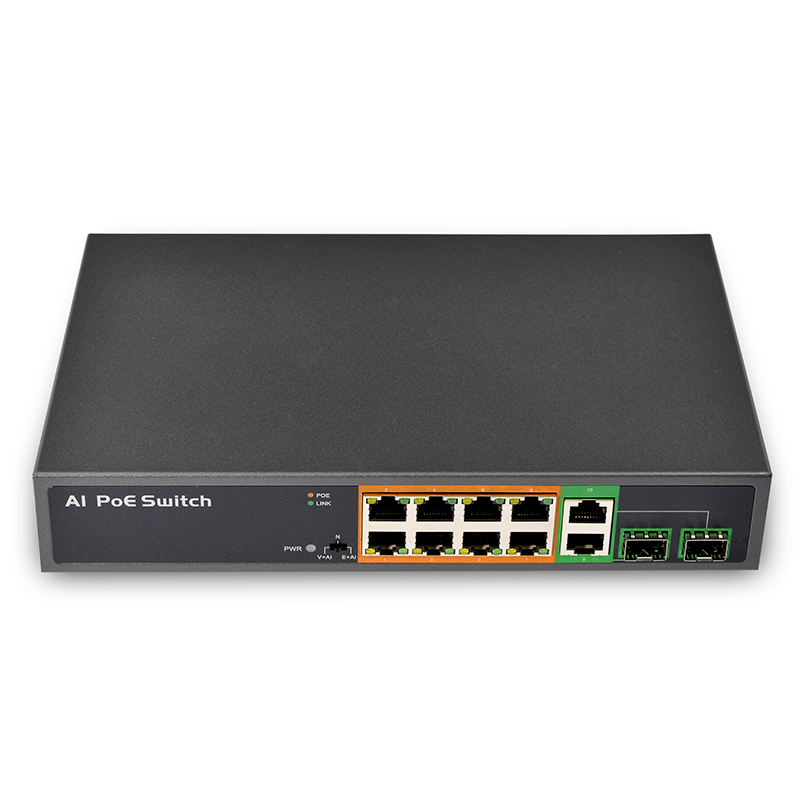
Description:
PoE switch provides PoE power to network devices such as access points, surveillance cameras, IP phones, lighting, and other IoT devices. PoE switches often are capable of prioritizing and optimizing PoE power allocations for critical network devices. By eliminating the need for separate data and power cables, PoE provides the advantages of simplicity and cost savings, while adding new intelligent device control capabilities. Driven by the need to connect emerging power hungry IoT devices, PoE technology has progressed with the introduction of the IEEE 802.3bt standard. This new standard allows PoE switches and powered devices to operate above 30 Watts of PoE per port and support up to 60 and even 90 Watts of PoE per port.
POE PD(Powered Device) Module
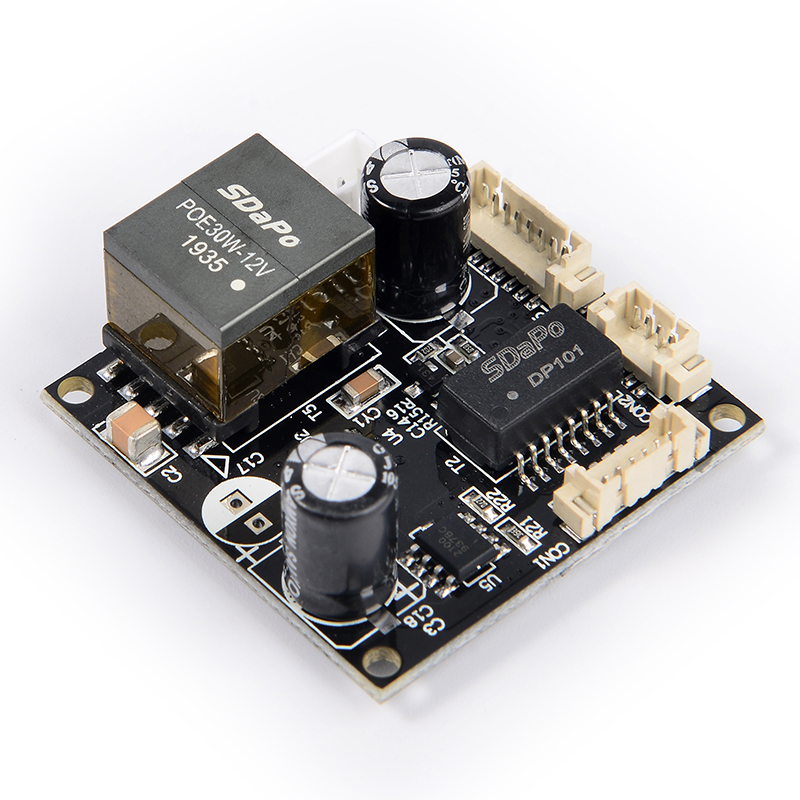
Description:
Any network device that is powered by PoE is referred to as a powered device, or PD. Wireless access points, IP security cameras and VoIP phones are common examples. The rise of the more powerful IEEE 802.3bt standard has paved the way for more power-hungry applications such as PoE LED lighting and High-Speed HD Outdoor PoE network cameras with climate control. PoE Powered device (PD) controllers support multiple power levels of power over Ethernet: IEEE PoE (13W), IEEE PoE+ (25.5 W), IEEE PoE++ (71 W), and ADI LTPoE++ (up to 90 W) standard. PD controllers are ultimately responsible for providing the correct signature and classification to power sourcing equipment (PSE), so that PSEs source the right amount of power to PDs over the Ethernet cables.
POE PSE(Power Source Equipment) Module
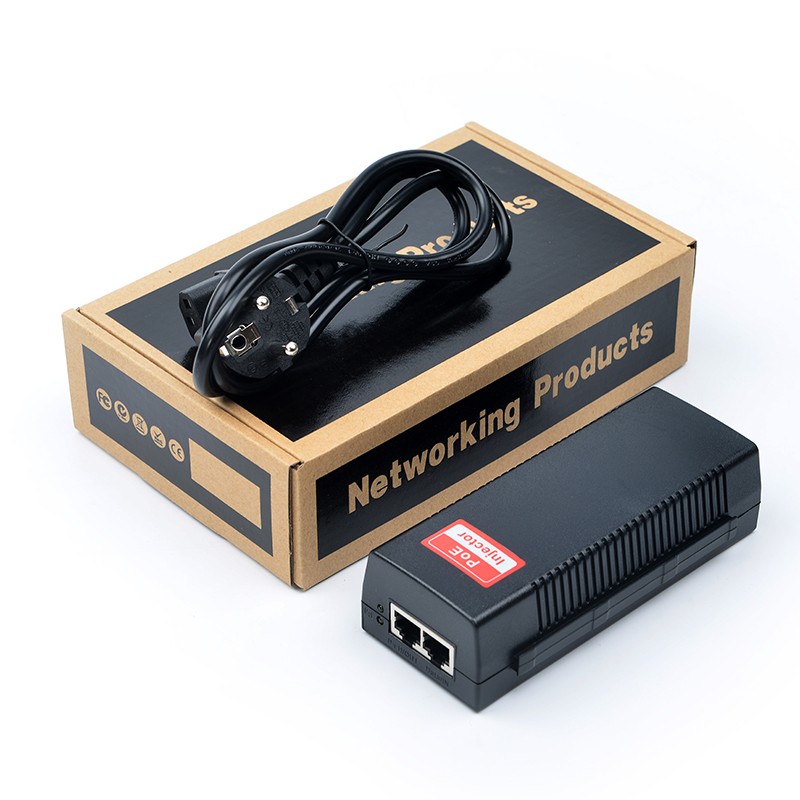
Description:
PSE devices send power and data over the Ethernet cable to a connected PD. PSE devices are classified as either “midspan” or “endspan.” PoE Power Sourcing Equipment (PSE) controllers support multiple power levels of power over Ethernet: IEEE PoE (13W, 802.3af), IEEE PoE+ (25.5W, 802.3at), IEEE PoE++ (71.3W, 802.3bt), and ADI LTPoE++ (90W) standard. PSE controllers are responsible for detecting and classifying powered devices (PDs), as well as sourcing the right amount of power to PDs over Ethernet cables.
POE Splitter
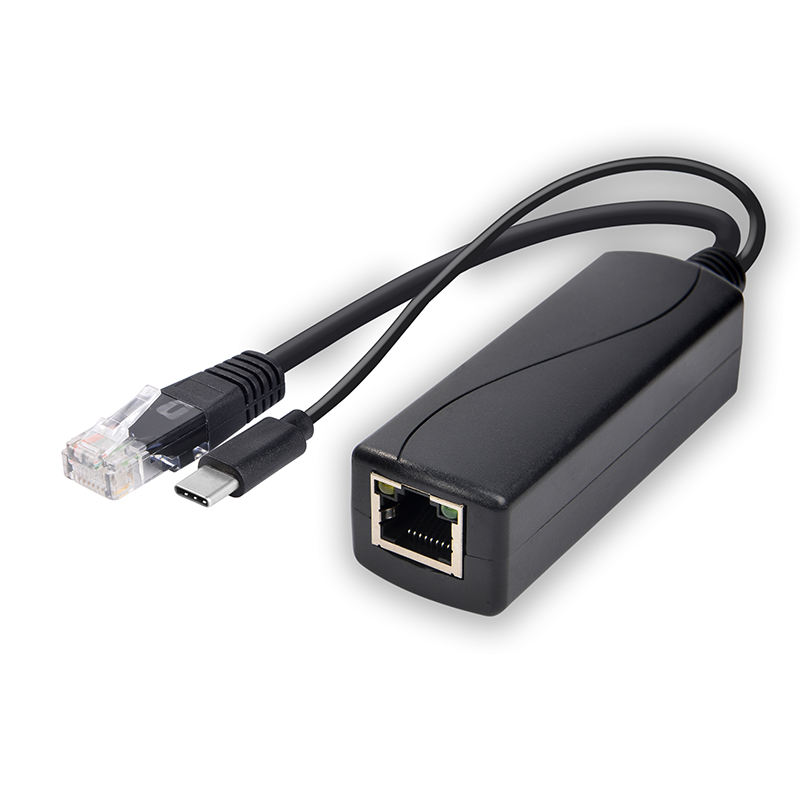
Description:
PoE+ Splitter allows you to deliver both data and electrical power to non-PoE Ethernet-enabled products using the Cat5 Ethernet cable. Using the PoE Splitter, you can take advantage of Power over Ethernet and place Ethernet-enabled products, such as Network Cameras and Wireless Access Points*, where power outlets are not readily available. These devices are combined with PoE injectors and PoE switches. Unlike other PoE devices, these devices do not take power and data input to turn them into a single output, rather they split the data and power and feed the power to the separate input. Generally, the PoE splitters are used in the scenario where non-PoE devices and no AC outlets are found.
POE Injector
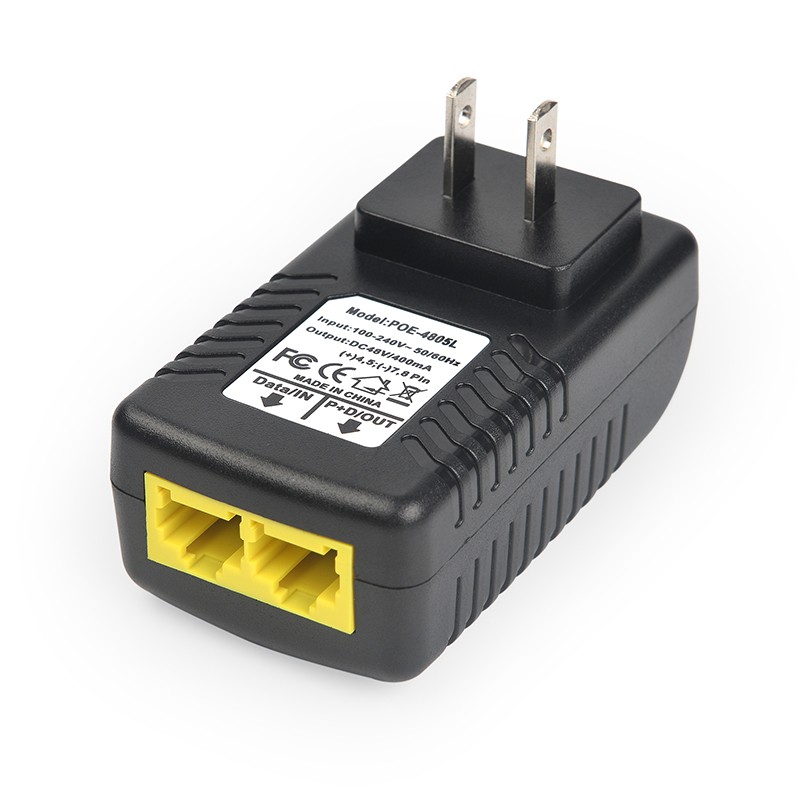
Description:
A PoE injector plays more of a supporting or supplementary role. It provides power in a non-PoE network. Such networks may have a regular Ethernet switch without the PoE feature. The injector and the non-PoE switch are connected to an Ethernet cable and powered on. Overall, with injector, you can connect various other smart devices, such as phone, IP camera, and so on, onto the network. A PoE injector primarily enables you to connect a PoE-enabled device to a non-PoE port. This way, PoE-enabled device can transfer electric energy as well as receive data over the network.
POE Extender
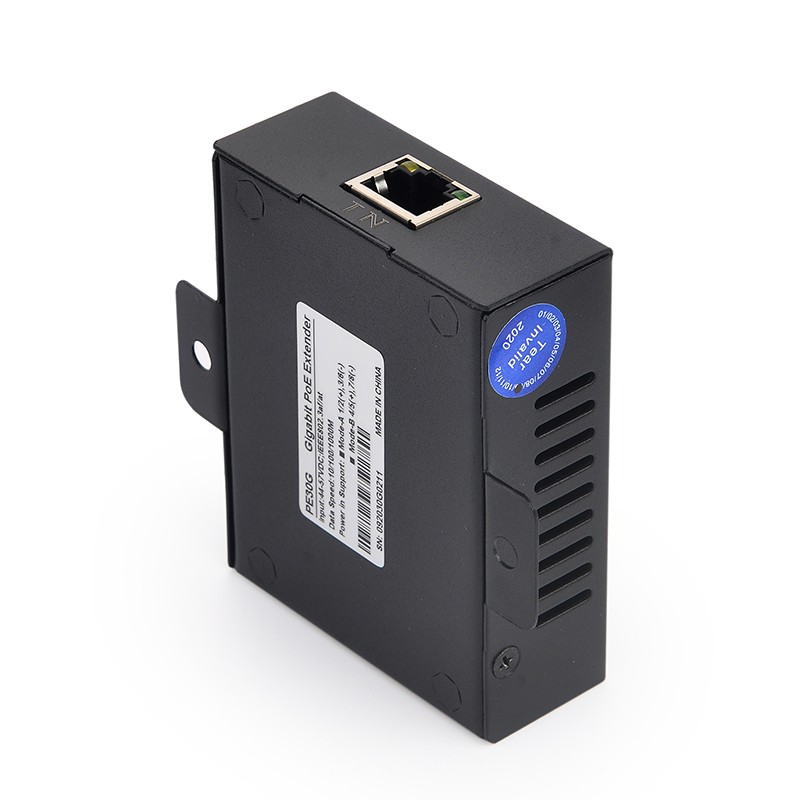
Description:
Power over Ethernet extenders or PoE repeaters are used to extend the distance between the PD and PSE. These devices are installed between PD and PSE to extend the transmission distance of 100 meters on each side. Some extenders help you connect multiple units, which helps increase the distance up to 500 meters.